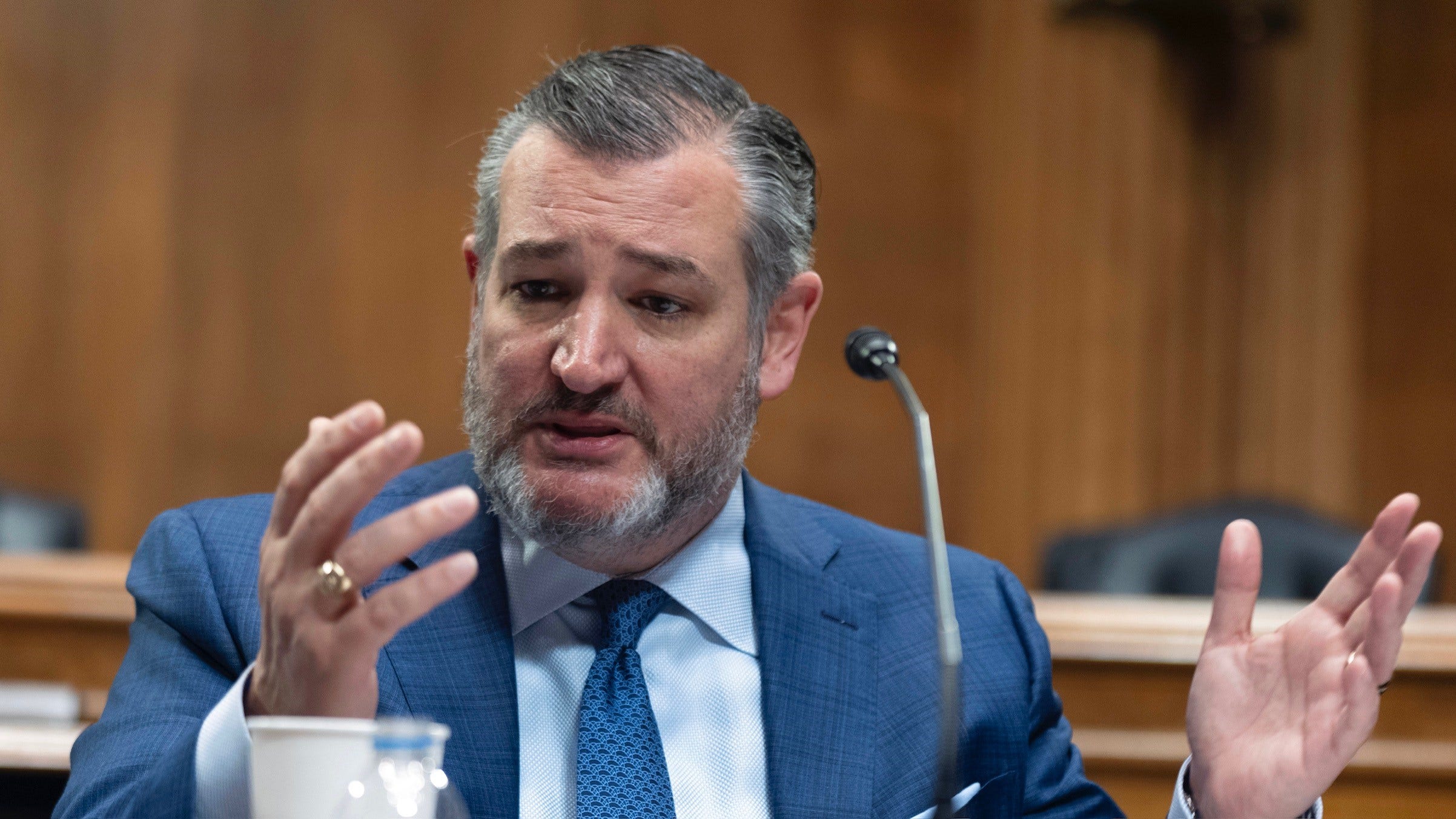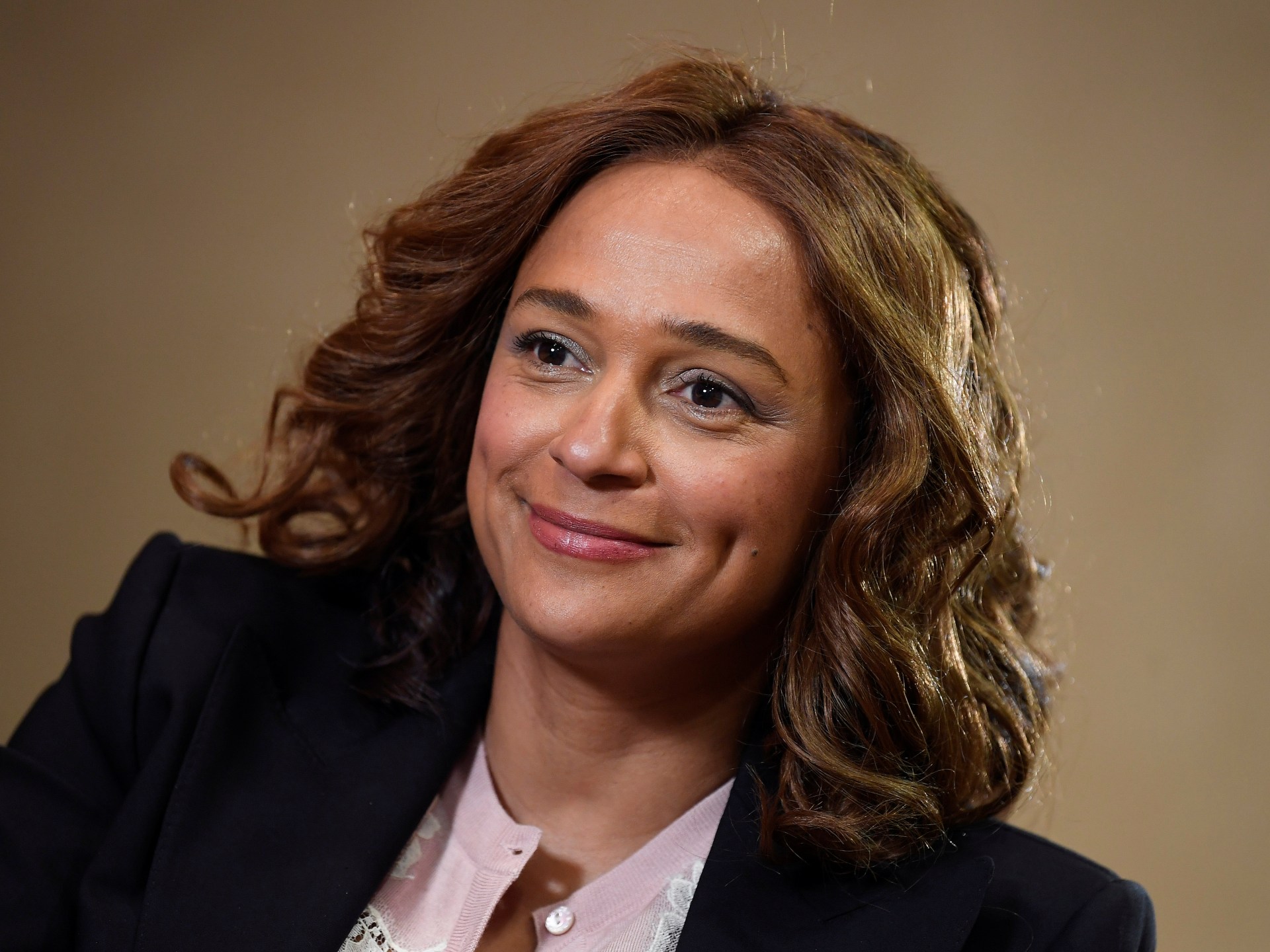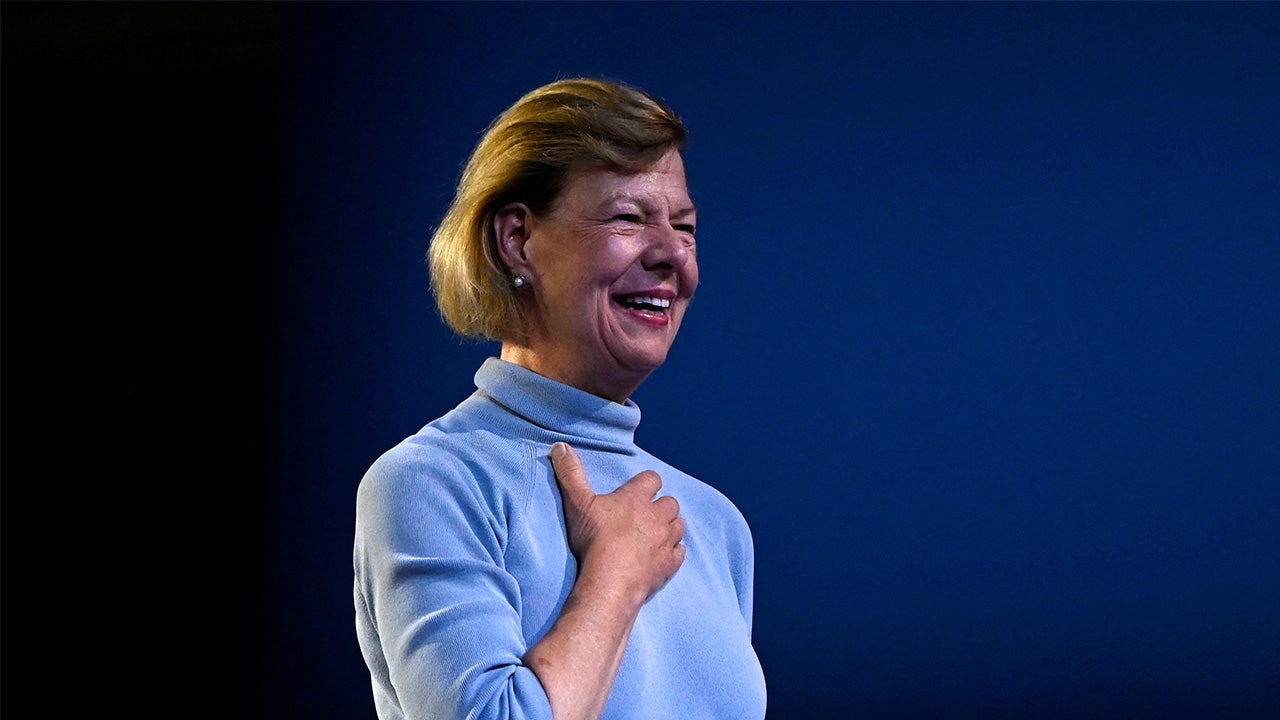San Diego, CA
Car sales in San Diego sputtering this year

New car sales in San Diego — as well as California — are stuck in neutral this year, as high sticker prices and burdensome financing costs keep a sizable number of potential customers away.
Registrations in the state for new vehicles through the first nine months of 2024 were down 1.7% compared to the first three quarters of last year, according to data from the California New Car Dealers Association, while national sales figures were up 2.7%.
San Diego County figures were slightly better than statewide numbers, but only slightly — down 0.7% through the first three quarters.
“Looking at our economist’s analysis of a market, it feels like we’ve reached a new sales plateau,” said Brian Maas, president of the car dealers association.
According to Edmunds.com, the average price of a new vehicle in the U.S. as of September climbed to $47,431 and the average price of an all-electric vehicle came to $59,723. Even used cars are not very cheap, with the Edmunds average coming to $27,422.
“You literally cannot buy any vehicle today for the same price that you bought it five or six years ago,” said Ivan Drury, senior manager of auto insights at Edmunds. “And financing is a huge problem now.”
While the Federal Reserve lowered interest rates in September as inflation has cooled, Edmunds data show that as of last month, the average interest rate to finance a new car in the U.S. came to 7.3% and the average monthly payment was $742.
“It’s like consumers are getting hit left and right,” Drury said. According to Edmunds’ analysis, in the third quarter of this year, the average vehicle in the U.S. is on the lot 57 days before it gets purchased, compared to 37 days during the same time last year.
The California New Car Dealers Association anticipates the number of registrations in 2024 will come to about 1.75 million, which is slightly lower than the 1.77 million recorded last year. That’s a far cry from state sales figures that hovered around 2 million registrations per year prior to the pandemic.
The industry hopes that pent-up demand will eventually entice consumers back into a buying mode, especially if interest rates continue to decline.
The third quarter numbers reflected mixed messages for California’s hoped-for transition from gasoline-powered cars and trucks to electric vehicles.
On the positive side, all-electric battery and plug-in hybrid vehicles combined to make up 25.6 percent of the market in new vehicle sales and leases through the first nine months of this year — by far the highest numbers for any state.
But the rate of adoption of battery-electric vehicles, or EVs, has increased just seven-tenths of a percentage point through the third quarter of this year compared to 2023 and the market share of plug-in hybrids was flat — 3.4 percent in 2023 and 3.4 percent through Q3.
Four years ago, Gov. Gavin Newsom issued an executive order mandating the elimination of sales of all new gasoline-powered passenger vehicles in California by 2035. And in fewer than two years, the first of a series of state-imposed targets will start rolling out.
Under standards passed by the Air Resources Board, at least 35 percent of model year 2026 passenger cars and trucks sold in the state must be electric vehicles, plug-in hybrids or hydrogen fuel cell vehicles. The numbers ramp up each year, going to 68% in 2030 and 100% by 2035.
“As the mandates kick in, are there going to be enough customers to support the requirements that the mandate requires?” Maas said. “Sales continue to go up, but they’re not going up by leaps and bounds.”
Under definitions set by state policymakers, battery-electric, plug-in hybrids and hydrogen fuel cell vehicles qualify toward meeting California’s zero-emission target.
Hybrid vehicles that do not have plug-ins have been posting robust sales figures — not only in the Golden State but across the country — but they do not count under the state’s mandate because they use gasoline.
The third-quarter numbers showed the top-selling car across the state is still the all-electric Tesla Model Y. It racked up more than twice the number of registrations than California’s No. 2-selling car, the Toyota RAV4. The Tesla Model 3 finished sixth.
But statewide registrations for all Tesla models are down 12.6% compared to last year.
Analysts have offered a number of possible reasons why — including the potential sales effect of Tesla founder Elon Musk weighing in political issues after buying X (formerly Twitter) and actively campaigning for Donald Trump for president.
But Drury thinks a primary reason is simply because the number of EVs available is expanding, as other carmakers roll out their own models.
“There’s more competition,” he said. “The Model Y is kind of like the default purchase versus the Model 3 when you’re looking at the Tesla lineup, so it’s kind of a cannibalization of sales there.”
Behind the Model Y and Model 3, the Hyundai Ioniq 5 was No. 3 among top-selling zero-emissions vehicles in California through the third quarter with 11,711 registrations. The Ford Mustang Mach-E finished fourth, with 8,013.
Top-selling models in California
(for 2024, through September)
- Tesla Model Y 105,693
- Toyota RAV4 49,810
- Honda Civic 40,741
- Toyota Camry 40,025
- Honda CR-V 37,759
- Tesla Model 3 37,219
- Toyota Corolla 29,341
- Chevy Silverado 28,029
- Ford F-Series 26,753
- Honda Accord 25,240
Sources: California New Car Dealers Association and Experian Automotive

San Diego, CA
San Diego arts roundup: Think X to explore Pink Floyd’s music in a heavier way

Fact: Think X is not a Pink Floyd tribute band.
“We’re not trying to be,” said the group’s sax player and driving force, Scott Page. “We want to do an exploration of Pink Floyd. We try to mash things up, create some entertaining ways of presenting the music.”
The title of the band’s show, which comes to San Diego for the first time on Sunday at the Music Box in Little Italy, is “An Exploration of the Music of Pink Floyd with Original Electronica Transitions.”
Speaking about Think X’s approach to the familiar canon of Pink Floyd, Page said “We play it heavier and we let our people solo and blow over it.”
Besides Page, who has backed up the David Gilmour-led Pink Floyd in concert, the group includes guitarist Kenny Olson, best known for working with Kid Rock (“He’s got this Hendrix-y, crazy vibe” touts Page); bassist Norwood Fisher (co-founder of Fishbone); drummer Stephen Perkins, whose resume includes Jane’s Addiction and Porno for Pyros; young guitarist Derek Day (“One of our secret weapons”); keyboardist Will Champlin; and vocalist Roberta Freeman, who Page says knocks the Floyd’s “The Great Gig in the Sky” out of the park.
Page says he learned much about music and his craft from working with Floyd guitarist David Gilmour.
“He is the master of melody,” said Page. “He can kill you with one note. He changed my way of thinking. Sax players play all this crazy stuff, and he made me realize melody, how I can sing with my instrument.”
If you want to hear what Page is talking about, revisit for example Gilmour’s bluesy guitar solos on Pink Floyd’s “Shine On You Crazy Diamond” from the “Wish You Were Here” album. Timeless. For tickets, visit musicboxsd.com.

Comedy
Like me, comedian Kathleen Madigan went to college and earned a B.A. in journalism. Unlike me, she must have decided that standup comedy was more rewarding.
It’s certainly been rewarding for Madigan. She’s been doing it since the ‘90s and has starred in comedy specials on both Netflix (“Kathleen Madigan: Bothering Jesus”) and Amazon Prime Video (“Kathleen Madigan: Hunting Bigfoot”). Both are still streamable.
But you can catch her act in person Friday when she comes to the Magnolia Theater in El Cajon. Her show’s titled “The Potluck Party.” Does that mean somebody’s supposed to bring the potato salad?

Theater
Here come the holiday shows. Previews are under way at New Village Arts Theatre in Carlsbad of its production of “Miracle on 34th Street: A Live Musical Radio Play.” Adapted by Lance Arthur Smith and with original songs and arrangements by Jon Lorenz, this festive show was previously produced at San Diego Musical Theatre in its former Gaslamp Quarter location.
I remember enjoying it there and finding the nod to the days of Lux Radio Theater much preferable to a straight retelling of the “Miracle on 34th Street” story that’s been filmed a couple of times.
Opening night, incidentally, is Nov. 30, so here’s something to do over the Thanksgiving weekend.

More music
For many years, music fans have mused about a “club” of artists that nobody wants to belong to.
It’s the 27 Club, named for the famous musicians who died at the peak of their fame at age 27, for reasons that include drug and alcohol overdoses, suicide or other causes. They include 1930s blues artist Robert Johnson; ‘60s rockers Jimi Hendrix, Janis Joplin and Jim Morrison; ‘90s grunge-rocker Kurt Cobain; and British singer Amy Winehouse, who died in 2011.
San Diego’s own Six String Society is paying tribute to all six of those gone-too-soon artists next week in Escondido with the return of their thematic concert “27 Club.” The concert imagines all six of these artists gathered together in a mythic Greenwich Village apartment circa 1969, and each takes their turn performing. The performers will include Whitney Shay (as Winehouse), Lauren Leigh Martin (as Joplin), Trevor James (as Hendrix), Tony Suraci (as Morrison), Austin David (as Cobain) and Robin Henkel (as the spirit of Johnson).
Since Six String debuted “27 Club” at the Belly Up concert hall in Solana Beach in 2016, it has sold out virtually everywhere it goes. At this point, the 7 p.m. show on Nov. 29 at the California Center for the Arts, Escondido, is sold out, but there are still tickets available for the 2 p.m. show that afternoon. Visit artcenter.org/event/six-string-society-presents-27-club.

Jazz concert
If there was a Mount Rushmore of jazz singers, three of the four spaces should be taken by Ella Fitzgerald, Billie Holiday and Sarah Vaughan. Each unique. Each unforgettable.
On Saturday, the San Diego Symphony presents at the new Jacobs Music Center “A Tribute to Ella, Billie and Sarah.” The concert features vocal performances by one of jazz’s best contemporary vocalists, Jane Monheit, along with Sherry Williams and keyboardist/vocalist Champian Fulton. The band behind then includes the great Rickey Woodard on tenor sax.
Local jazz icon Gilbert Castellanos’ Young Lions Jazz Conservatory All Stars open Saturday’s show. For tickets, visit purchasing.sandiegosymphony.org

Rock music
A couple of veteran San Diego bands, Switchfoot and P.O.D., are on the bill Saturday at Petco Park’s Gallagher Square when Long Beach’s ska kings Sublime with Rome (formerly just Sublime) headlines what they’re billing as their “last California show ever.”
The farewell has to do with singer/guitarist Rome Ramirez, who will embark on a solo career once this tour is over.
This concert is scheduled to begin at 7:35 p.m., which sounds like one of those odd Padres start times at Petco. For tickets, visit petcoparkevents.com.
U-T arts and dining stories you may have missed

UCTV
University of California Television invites you to enjoy this special selection of programs from throughout the University of California. Descriptions courtesy of and text written by UCTV staff:
“A Conversation with Artist Jeff Koons”
Renowned artist Jeff Koons joins Kathryn Kanjo, director and CEO of the Museum of Contemporary Art San Diego, for a conversation about his provocative and influential work. Known for his glossy, oversized sculptures of everyday objects like balloon animals and household items, Koons blends pop culture, consumerism, and art history to challenge traditional notions of art. In this discussion, he reflects on his artistic evolution — from early inflatable rabbits to iconic large-scale metal sculptures — and explores how his creations raise questions about cultural value, mass production and the line between high and low art. This program offers a unique glimpse into the mind of one of the most celebrated and controversial artists of our time.
“Greatest Anime Pioneer in Japan: The Osamu Tezuka Story”
Discover the legacy of Osamu Tezuka, often called the “God of Manga and “Father of Anime,” whose groundbreaking work set the stage for modern manga and anime. Tezuka was a visionary Japanese manga artist, animator, and founder of Mushi Production, one of Japan’s first anime studios. In 1963, he produced “Astro Boy,” the first Japanese TV anime series, which introduced limited animation techniques still widely used today. Rachel Costello, an anime enthusiast from UC San Diego’s Innovating for National Security Academic Program, presents a retrospective on Tezuka’s life and influence. Her dedication to anime and storytelling also inspired her role as executive producer of the U.S. Navy’s “Sea Strike 2041” comic project, merging her passions for art and national security.
“Movement and Strength Training to Improve Metabolic Health”
Learn how to build a strong foundation for lifelong health with Dr. Natalie Marshall, as she explores the crucial link between muscle mass, metabolic fitness, and chronic disease prevention. Aging often brings metabolic changes and muscle loss, raising the risk for many chronic conditions. Marshall emphasizes the importance of movement, strength training, and balanced body composition in maintaining metabolic health. With practical tips on how to get started, she shares strategies to help you ‘build muscle for life’ and boost overall well-being. This program offers valuable insights for anyone looking to take proactive steps toward healthier aging.
And finally, top weekend events

The best things to do this weekend in San Diego: Nov. 22-24
Originally Published:
San Diego, CA
World Cup champion Juan Mata joins San Diego FC ownership group

Spanish star and World Cup champion Juan Mata has joined the expansion San Diego FC’s ownership group, making him the first active international soccer player to hold an ownership stake in Major League Soccer.
Mata joins David Beckham as only the second international player to be involved in MLS ownership.
“Joining San Diego FC as a partner is an exciting opportunity to help build something truly special in a city and league that are experiencing incredible growth,” Mata said in a statement. He added that the commitment to the community by both the club and the Right to Dream Academy “aligns perfectly with my own values. I look forward to contributing my experience and passion for the game and working alongside everyone here to build a club that inspires both on and off the pitch.”
He has been with the Western Sydney Wanderers of the Australian A-League since September.
Mata has been a big name in international soccer for years. He won club honors in England, Spain, Turkey and Japan, and was a key player in the golden era of the Spanish men’s national team which won the 2010 World Cup and the 2012 UEFA European Championship.
A product of Real Madrid’s youth academy, Mata began his professional career with Real Madrid Castilla before transferring to Valencia CF in 2007, where he won the Copa del Rey the following year. Mata signed with Chelsea FC in 2011, where he was pivotal in helping the London club capture the UEFA Champions League, FA Cup, and UEFA Europa League titles, earning Chelsea’s Player of the Year honors twice in that span.
He joined Manchester United in 2014, winning the FA Cup, Europa League and EFL Cup in nine seasons. He joined Turkish side Galatasaray in 2022, where he celebrated his first league title, before signing with Japan’s Vissel Kobe in 2023, where he won the league again.
Mata founded the Common Goal initiative, pledging 1% of his salary to social causes.
___
AP soccer: https://apnews.com/hub/soccer
San Diego, CA
Gas station in Mira Mesa sells SuperLotto ticket worth $18K

While no one won the $40 million jackpot in Saturday’s SuperLotto Plus drawing, someone in San Diego took home a ticket worth thousands.
A winning ticket matching all five numbers of Saturday’s numbers except the Mega number was sold at the Shell gas station at 6695 Mira Mesa Blvd, the California Lottery said. The ticket is worth $18, 534.
Saturday’s numbers were: 2, 11, 15, 25, 43 and Mega: 16.
The lottery did not disclose if someone has yet claimed the winning ticket.
The next drawing for the SuperLotto Plus is Wednesday. The current jackpot is estimated at $41 million.
-
Business1 week ago
Column: OpenAI just scored a huge victory in a copyright case … or did it?
-

 Health1 week ago
Health1 week agoBird flu leaves teen in critical condition after country's first reported case
-

 Business5 days ago
Business5 days agoColumn: Molly White's message for journalists going freelance — be ready for the pitfalls
-
World1 week ago
Sarah Palin, NY Times Have Explored Settlement, as Judge Sets Defamation Retrial
-

 Politics4 days ago
Politics4 days agoTrump taps FCC member Brendan Carr to lead agency: 'Warrior for Free Speech'
-

 Science2 days ago
Science2 days agoTrump nominates Dr. Oz to head Medicare and Medicaid and help take on 'illness industrial complex'
-
/cdn.vox-cdn.com/uploads/chorus_asset/file/25739950/247386_Elon_Musk_Open_AI_CVirginia.jpg)
/cdn.vox-cdn.com/uploads/chorus_asset/file/25739950/247386_Elon_Musk_Open_AI_CVirginia.jpg) Technology3 days ago
Technology3 days agoInside Elon Musk’s messy breakup with OpenAI
-

 Lifestyle4 days ago
Lifestyle4 days agoSome in the U.S. farm industry are alarmed by Trump's embrace of RFK Jr. and tariffs





















